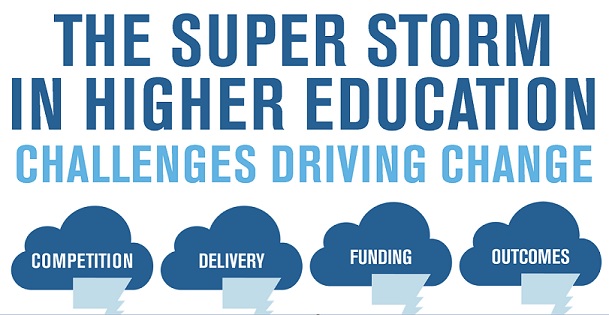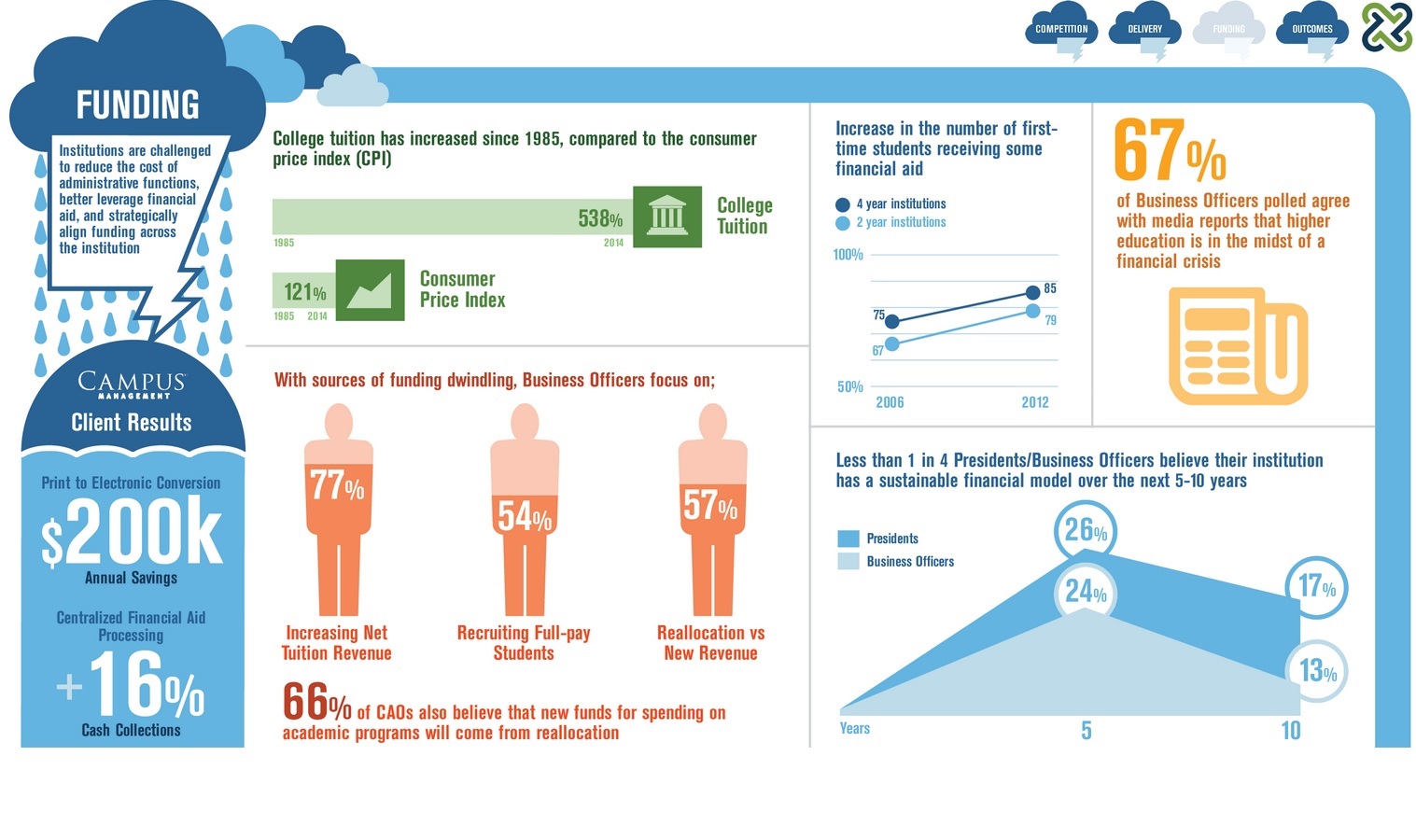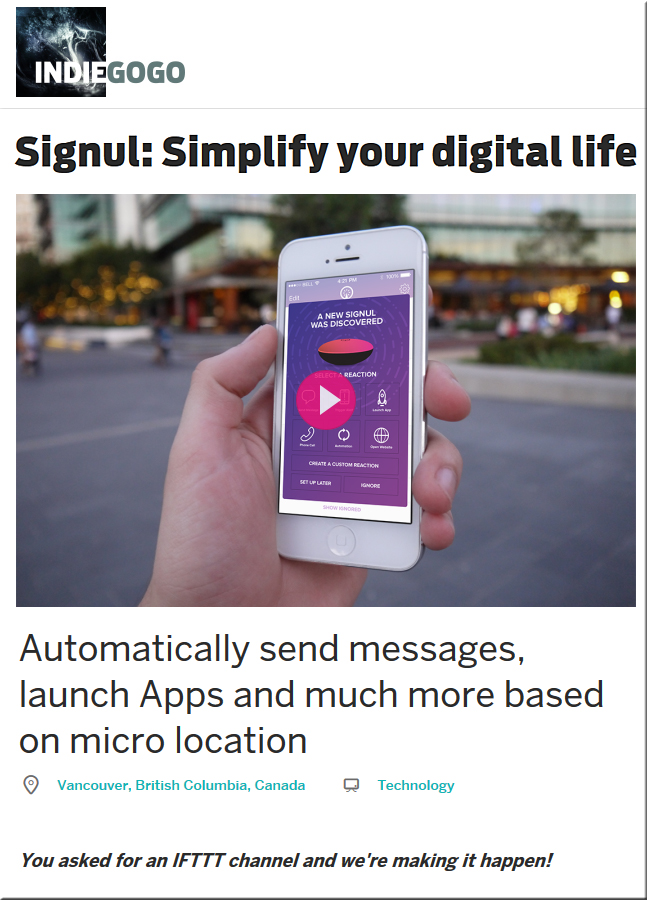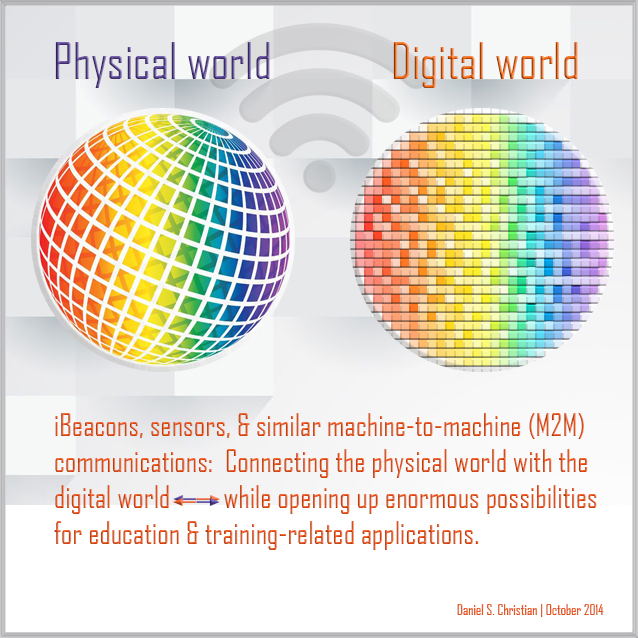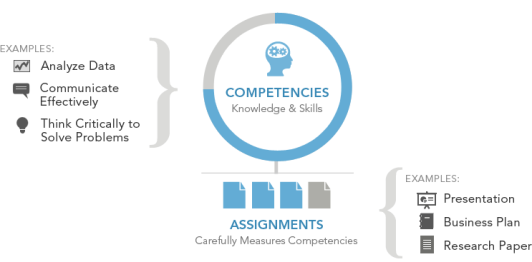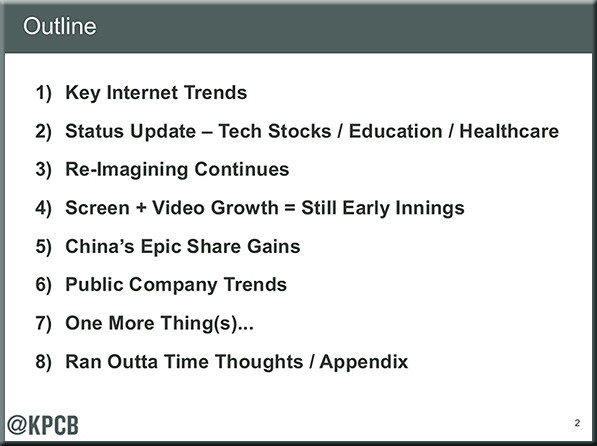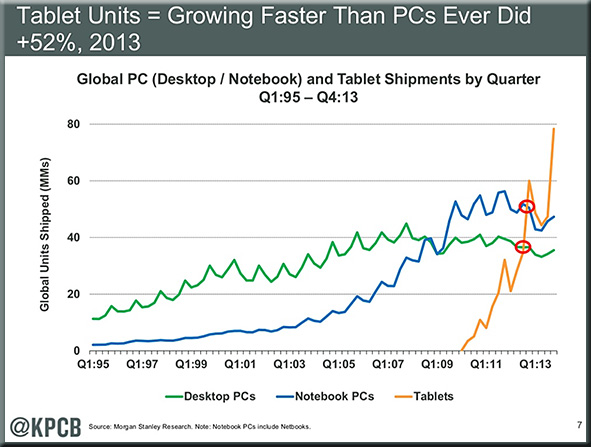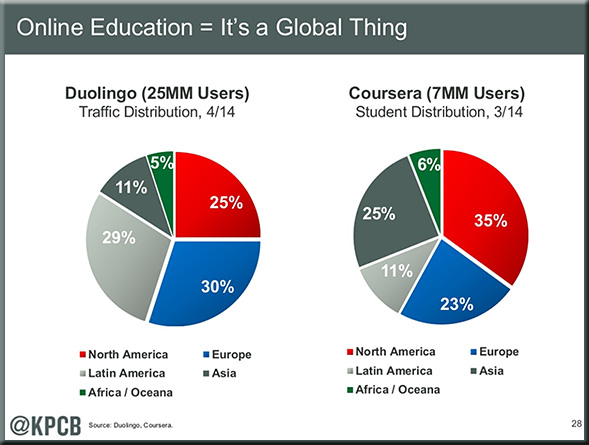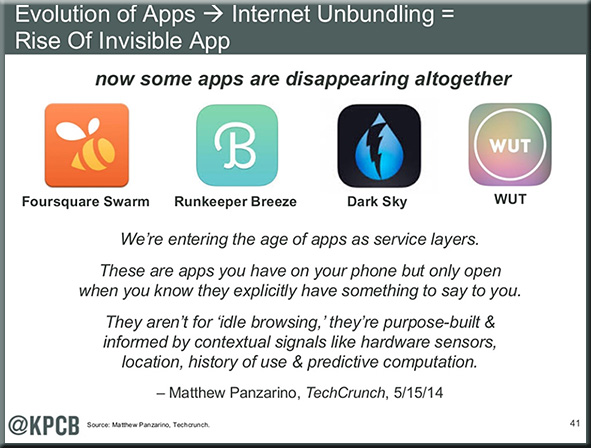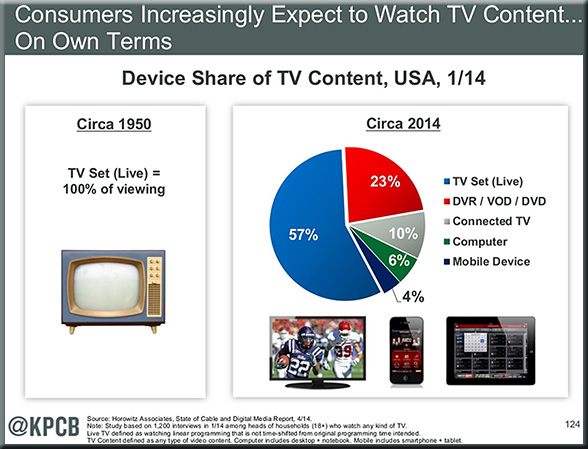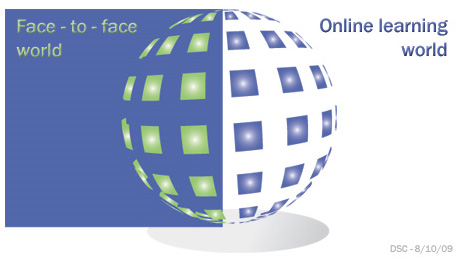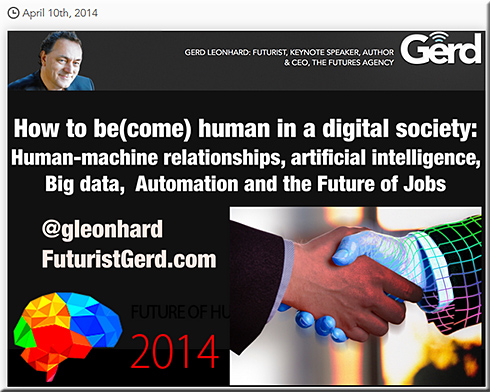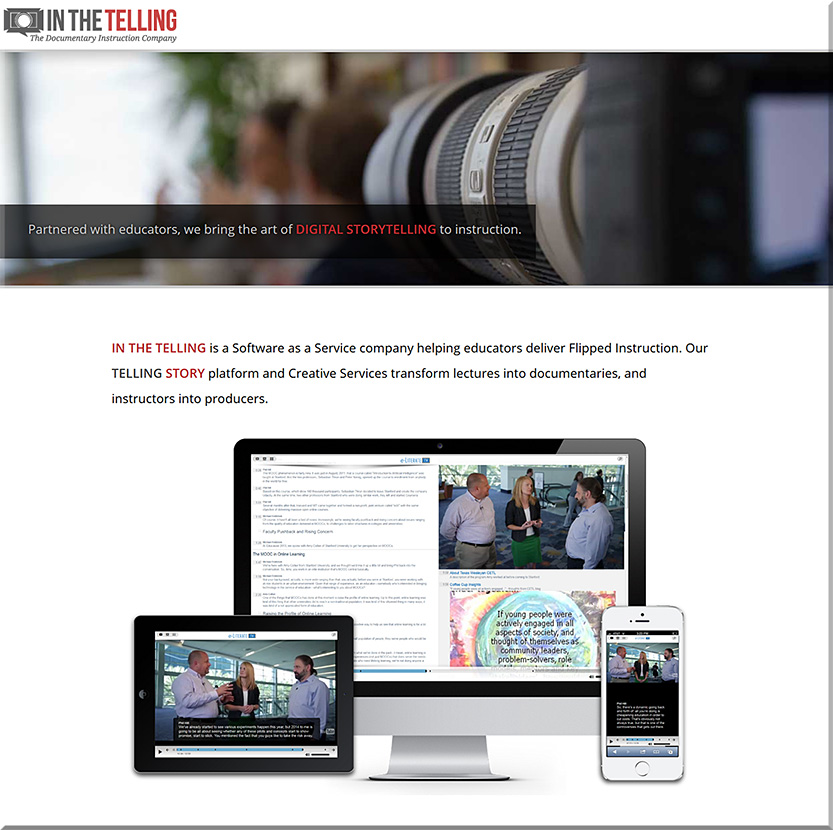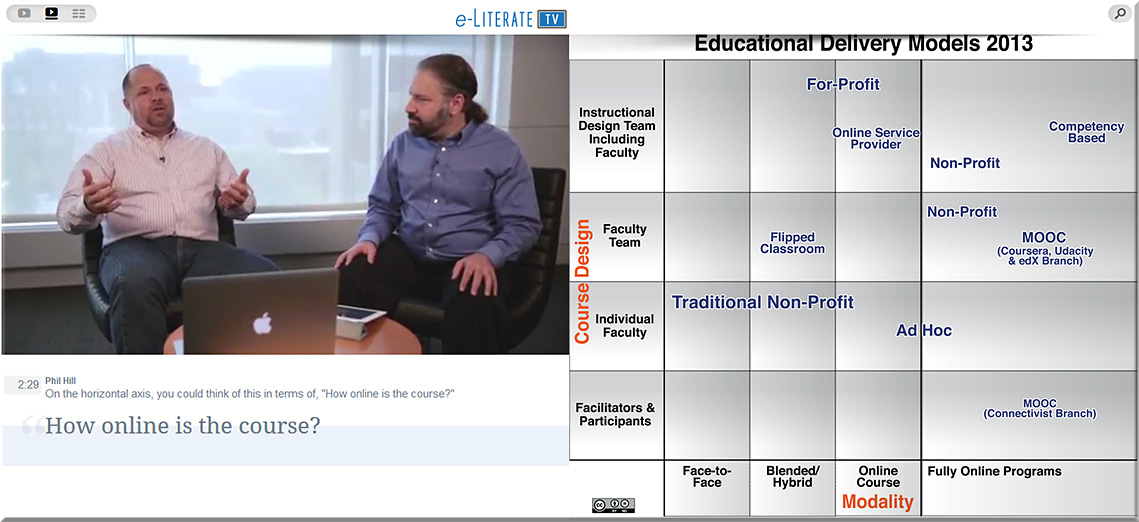Is this the online learning model of the future? — from ecampusnews.com by Rony Zarom
Flex class options are seeing spikes in enrollment among Gen C students; here’s how to get started.
Excerpt:
“Flex-classes,” a preferred learning style among Gen Cs that offers “flex-attendance“ options to join classes “in-person” or “online” throughout the duration of a course, allowing students to more efficiently, and affordably, learn anytime, anywhere.
In fact, if the current enrollment growth rate continues, nearly half of all college students will be enrolled in a flexible online learning course by 2020.
Based on a cross-generational commonality to stay digitally connected and plugged into mobile devices, these two generations expect more accessible, technology-forward learning environments that give them the flexibility, mobility and freedom to learn when and where they want.
…
One of the biggest weather deterrents that disrupts student attendance and educators’ lesson plans is snow days, and thanks to virtual flex-class options, snow day disruptions may be coming to an end for good.
Schools around the country have been implementing flex-classes to allow students the option to join classes online on days they can’t make it to school, instead of making up the lost days at another time and often dipping deep into summer vacations. Students can tune in to their classrooms via mobile device or tablet to complete their learning initiatives for the day. The snow day approach is a realistic option for institutions looking to test the effectiveness of flex-class implementation.
From DSC:
This is an interesting approach. What I like about it is that it provides more choice and more control for the student.
What I wonder about is how would this type of learning environment impact the pedagogies that a professor would need to employ…? Or are we not that far along here yet? That is, how does one simultaneously offer a productive online learning experience as well as an effective face-to-face learning experience?
Also, on a slight tangent here from this model…
I’ve been wondering about whether remote students could effectively/simultaneously come into a face-to-face classroom setting — and I think the answer is yes. As with the corporate world, teams are scattered throughout a nation or from various places throughout the globe — and yet work gets done. Projects get done. Collaboration happens. Learning happens.
Some institutions, including the college where I work at, are experimenting with using telepresence robots to bring in those remote students. The version 2.0’s and above of these robots may be an option. However, I’m wondering if a better option might be available if a vendor could morph something like Cisco’s StadiumVision into an educational setting…? That is, provide 3-4 camera angles/perspectives per classroom and let the remote learners switch between viewing angles on their end of things…? Such as setup would be very interesting to experiment with.
Also, in regards to learning spaces, should one wall be dedicated to bringing in remote students? That is, one of the walls could display who all is coming into a classroom remotely so that they could be a part of the discussions and so that the F2F students could see and interact w/ those remote students.
Finally, might these ideas dovetail into the idea of providing learning hubs — where Subject Matter Experts (SMEs) could be synchronously or asynchronously presenting information (in a digital/virtual manner) and leading a discussion for those who are seated and learning together in a physical setting?









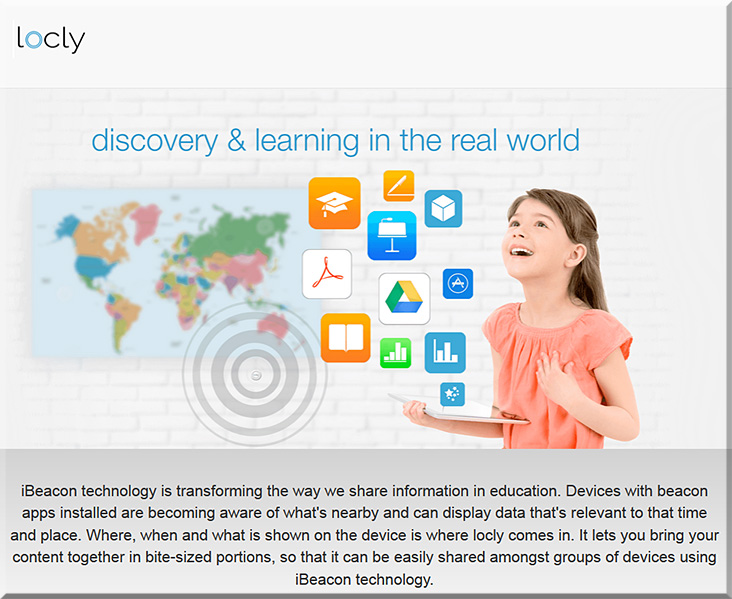
![The Living [Class] Room -- by Daniel Christian -- July 2012 -- a second device used in conjunction with a Smart/Connected TV](http://danielschristian.com/learning-ecosystems/wp-content/uploads/2012/07/The-Living-Class-Room-Daniel-S-Christian-July-2012.jpg)
